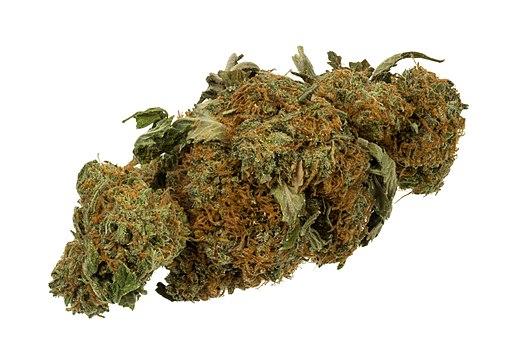The push to first medicalize (30 states) and then legalize for recreation (eight states and the District of Columbia), the use of marijuana is well underway. It is fueled by the public belief, in the absence of observational data, that it is not the gateway drug of the 30’s and more closely aligned with the Boomer ethos of the 60’s and 70’s. The states, facing substantial pension shortages and an inability to constrain their spending or raise taxes, see a windfall.
Marijuana’s perceived risks and benefits
Unlike our two other “accepted” sins, smoking and drinking, marijuana marketing has few restrictions. Because it remains illegal at the federal level, there are few studies regarding the long and short-term effects. In the absence of evidence, perception is the measure, and marijuana use is increasingly accepted. A study in the Annals of Internal Medicine catalogs the opinions and use of an online panel representing 9,000 adults. There was no difference in the survey's response rate (55%) when stratified by an individual’s home – so we see the views of those in states with illegal, medicalized and recreational pot.
- 81% felt that marijuana had at least one benefit, most commonly pain relief, treatment of epilepsy and multiple sclerosis and relief of anxiety, stress, and depression.
- 91% of adults perceived at least one risk, most commonly legal concerns, addiction and memory issues.
- While users saw more benefits and non-users more risks, neither group saw just benefits or dangers; it was a mixed although not a balanced picture.
- 76% thought marijuana was somewhat or very addictive. As you would expect, the non-users believed this more than the users.
- 91% thought marijuana was somewhat or completely unsafe for pregnant women.
- 18% felt that second-hand marijuana smoke was safe for adults, 7.6% felt the same way about children and second-hand marijuana smoke.
- 38% felt that smoking marijuana was safer than tobacco, 13.5% thought it was safer than drinking.
- Marijuana, in general, was felt to be less harmful among the younger respondents and the marijuana users.
In fact, there is limited evidence of marijuana’s therapeutic value in pain management or the relief of anxiety and stress. Without a reliable means of testing for acute marijuana intoxication, we have no reliable knowledge of the effect on driving.
The impact on States
- Legal marijuana sales exceeded $9.7 billion in 2017 and are expected to reach $24.5 billion by 2021.
- Taxation rates vary from 15% in California to 37% in Washington (with an estimated $1 billion in sales we are talking about $375 million).
- Each state distributes these tax revenues differently, into their general funds, back to towns, or into special programs.
The truth of the matter is that the taxes collected, how they are used and distributed are as much a mystery as those opinions captured in the Annals article.
The Marijuana Data Collection Act
Two members of Congress, Tulsi Gabbard from Hawaii and Carlos Curbelo of Florida have introduced a bipartisan bill that begins to encourage the research that would form the basis for evidence-based policy-making. How novel! Here are the details
- The National Academy of Science will be contracted to collect data on marijuana for a 10-year period
- It would identify tax revenues, how the monies were used and how it impacted a state’s budget.
- It would collect information on direct and indirect employment in the burgeoning marijuana growing, distribution and sales industry
- It would investigate how medical cannabis is being used
- It would aggregate arrest rates for underage use, driving under the influence, court, and imprisonment
It makes sense to do this, no matter what side of marijuana medicalization or legalization you prefer. Including in the legislation is a requirement to collect data on opioid use, prescription rates, crimes involving opioids, overdoses, and treatment programs. Perhaps this was inserted to “sweeten the deal” for some members of Congress who need opioid credentials in the coming mid-terms. In any case, the passage of this bill would go a long way toward basing the regulation of this industry on data, not the opinions of the public or the avarice of the legislators.
Source: Risks and benefits of Marijuana use Annals of Internal Medicine DOI: 10.7326/M18-0810
Why all sides in Congress can get behind Rep. Gabbard’s new cannabis legislation Brookings Institute




